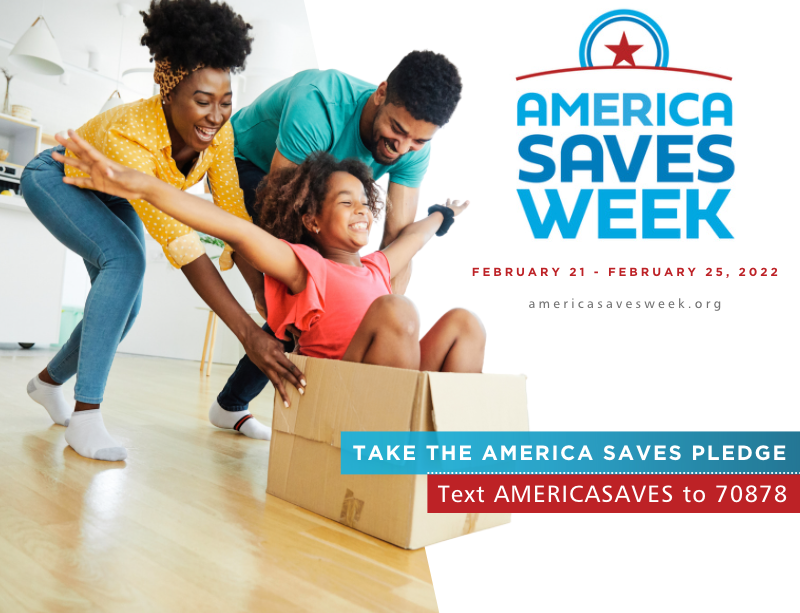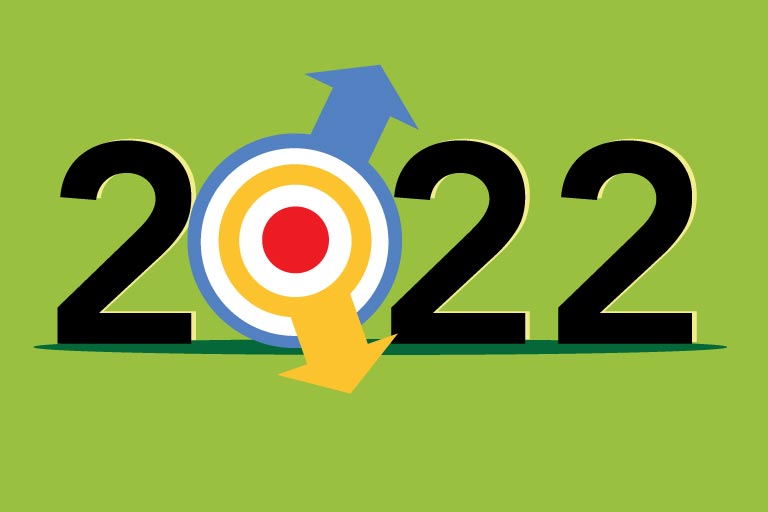October 15 Deadline for Non-filers Who Have Not Received Stimulus Checks

In March, the CARES Act was signed into law in response to the COVID-19 pandemic. The act called for “economic impact payments” (commonly called “stimulus payments”) to be sent to millions of Americans. Singles could receive up to $1,200 while married couples could receive up to $2,400 with an additional $500 per child under 17. While millions of Americans have received their payments through direct deposit or mailed checks, there are still many—an estimated nine million—who have not received a payment. For people in this group, a deadline to receive the payment is quickly approaching, and they need to take action by October 15.
Non-Filer Stimulus Checks
The stimulus checks were initially paid based on how a given taxpayer had paid their taxes. Electronic filers received electronic payments, and paper filers received paper checks. However, the IRS also made an online portal, which allowed people to enter their direct deposit information so they could receive payment immediately even though they did not file their taxes electronically. Because the CARES Act was passed before 2019 tax returns were due, and then the 2019 tax return deadline was extended, the IRS was able to use 2018 tax return information for those who had not yet filed for 2019.
Things are a bit different for people who did not file taxes for 2019 or 2018. By default, the IRS is not sending stimulus checks to people who have not filed taxes. The IRS calls people in this group “non-filers.” Non-filers need to take a few important steps to get their payment and should do so by October 15. The IRS recently sent a letter to this group of non-filers, called Notice 1444-A. The IRS said this was an “unprecedented” mailing campaign, and it provided a digital copy of the letter so non-filers will know that the notice was real.
Steps to Take
If you are a non-filer, here is what you need to do. First, make sure you are a qualifying non-filer. The IRS defines non-filers as follows:
- Are a U.S. citizen or permanent resident,
- Had gross income that did not exceed $12,200 ($24,400 for married couples) for 2019, and
- Did not file a return for 2018 or 2019 and were not otherwise required to file a federal income tax return for 2019.
If you meet these criteria, then you should read this overview from the IRS. After you do that, you will need to register and enter your personal information at this website.
You will create an account and have the opportunity to provide bank information for direct deposit, or you may opt for a paper check. The IRS says you will need to following information before registering:
- Full name, current mailing address and an email address
- Date of birth and valid Social Security number
- Bank account number, type and routing number, if you have one
- Identity Protection Personal Identification Number (IP PIN) you received from the IRS earlier this year, if you have one
- Taxpayers who previously have been issued an Identity Protection PIN but lost it, must use the Get an IP PIN tool to retrieve their numbers
- Driver’s license or state-issued ID, if you have one
- For each qualifying child during 2019: name, Social Security number or Adoption Taxpayer Identification Number and their relationship to you or your spouse
Remember that non-filers must complete the registration by October 15, 2020.
Moving Forward
If you are a non-filer, take the steps above by October 15 in order to get your payment most quickly. After all, that money will be much more helpful now than later! You could use it to pay off debt, stockpile your emergency savings, or work toward another financial goal. If you are unable to meet the October 15 deadline, all hope is not lost! You can claim the payment on a 2020 tax return next year.
Also, remember that if you did file taxes in 2018 or 2019 and have not received your payment, you should check that status of your payment.
And, remember that if you would like additional assistance with your finances and credit, the NFCC is here to help.



